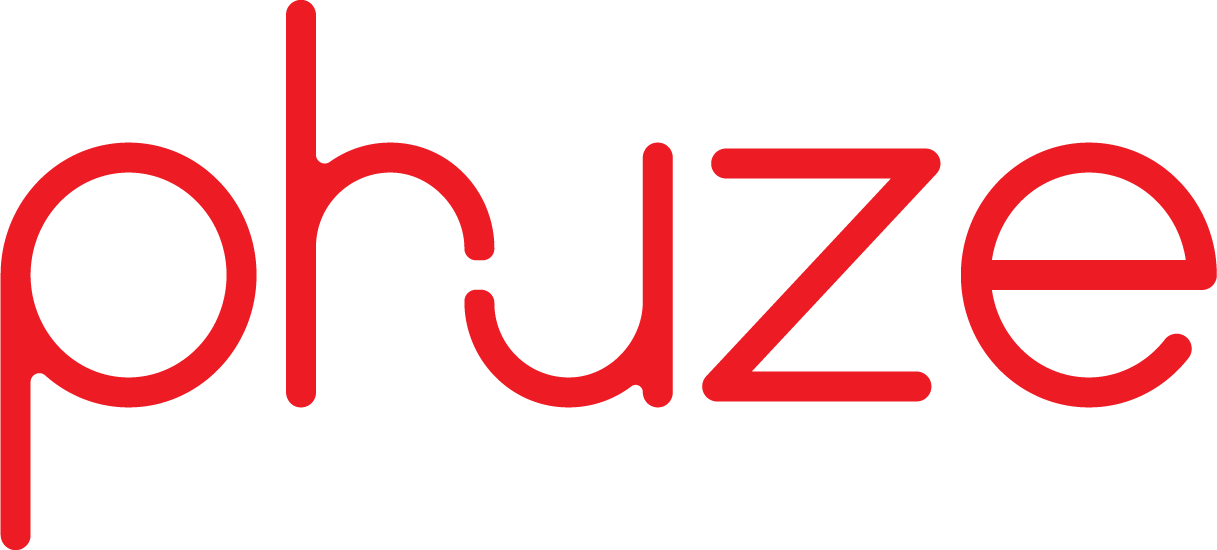How Do I Align Medical Education Into What I Am Already Doing?
The first step toward successful alignment is to clearly articulate the rationale behind your medical communication and education program. A common hurdle is getting buy-in from internal audiences, most importantly the sales and medical affairs teams.
These groups often have very different perceptions of medical communications and what it could and should achieve. However, one thing is certain: If you want your program to succeed you need to partner with both of these key audiences.
Sales teams are not always supportive or cognizant of ‘above brand’ medical communications. They usually perceive it to be a long-term proposition that doesn’t necessarily do much to help them achieve their short-term and more pressing objectives.
Others, including medical affairs officers, are not keen on integrating medical education into a communications plan for very different reasons. For them, education should be purely altruistic with no connection to any part of the commercial business.
In many instances, this demarcation is very clear within companies and for good reason. Education for healthcare professionals should be, first and foremost, aimed at improving knowledge, skills and health outcomes.
The fact is, good quality, balanced education that aligns with the broader communication plan provides healthcare professionals with consistent information that can help them achieve better patient outcomes. If you can achieve this you will have contributed to the goals of both the sales team and the medical affairs team. This is not a zero-sum game.
The need for an integrated approach is also being driven by regulatory changes that are making the marketing of pharmaceutical products more and more challenging.
Until ten or fifteen years ago a PBS listing used to be a relatively predictable process. Most PBS applications would eventually get approved, even if it took a couple of rounds of submissions. This reasonably predictable process allowed the sponsoring company to spend six to twelve months engaging with and educating the market as their product awaited approval.
But we are now in a very different world: We have moved away from mass market medicines to highly specialised, high-cost treatments aimed at much smaller patient cohorts; governments and payers across the world are demanding even higher standards of clinical efficacy and safety, and there has been a shift from unit-based pricing to value-based purchasing. The bar for PBS approval is much higher and less predictable.
Instead of being able to plan a year ahead, it is now more prudent to wait for confirmation of reimbursement before embarking on a consolidated approach to education and market preparation. This can mean having to compress six to twelve months of pre-launch activity into less than twenty weeks.
In this environment, pharmaceutical companies have to have realistic expectations. It is no longer practical to expect to do 100 different things anymore — and it is not realistic to expect to achieve the same degree of market development within such short timeframes. Obviously, the traditional approach isn’t going to work here, so the focus has to be narrower and more concentrated on the pressure points that can deliver key information and education in the shortest possible time.
Now, more than ever, you need to coordinate activities so that the whole is greater than the sum of its parts. That means aligning information across all the communication disciplines: from advertising to detailing to KOL engagement and medical communications.
